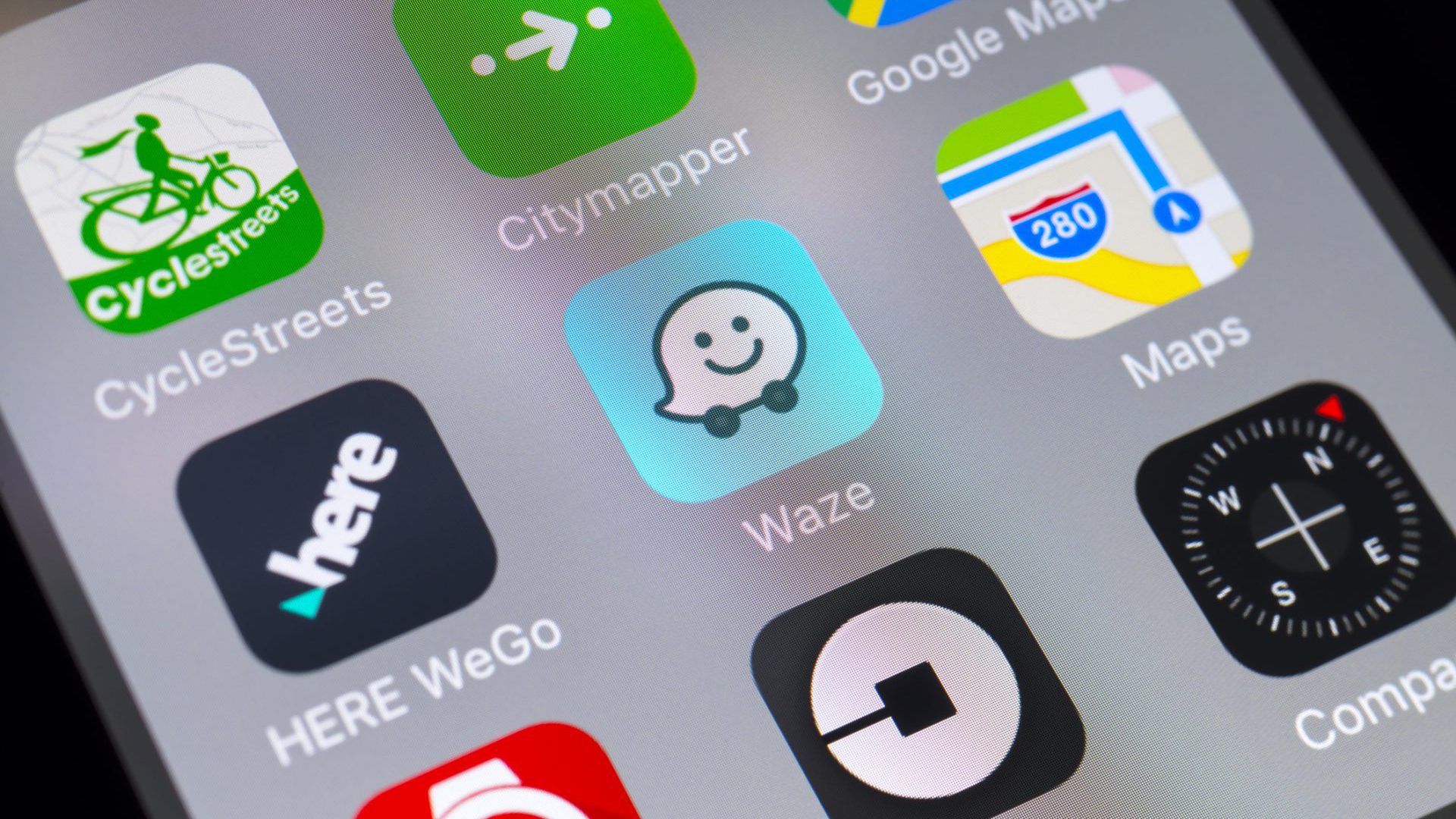

You’re driving along late at night, and realize you’re getting hungry. Suddenly, the familiar golden arches of McDonald’s appear on your Waze map. You tap the icon and see that even though it’s late, this particular restaurant is still open, so you stop for a bite to eat. How did that information get into your navigation system?
Lex ten Veen is the CEO of Navads, a company specializing in managing and providing this type of data to Google Maps, Apple Maps, Waze, TomTom, and other navigation system providers. We talked with him to find out exactly how those handy icons appear in the right place, at the right time, with the right information.
There are two ways to find businesses in your navigation app of choice. One of them is an organic search. This is what happens when you specifically search for a McDonald’s or search for more generic terms like “burger” or “restaurant.” In addition to typical search engine terms such as these, other factors apply as well. The location is important as well since you want to find the closest restaurants to where you are right now. The operating hours are also important. If you’re searching for a McDonald’s late at night, it won’t do you any good to go to one that isn’t open. Companies like Navads collect all of this information and make sure search engines have it correct. This is separate from any advertising, focused strictly on making the information available, searchable, and accurate.
The other way to find businesses is through a paid search. This is advertising, plain and simple. The reason why that McDonald’s appeared on your map but the Burger King across the street didn’t is because McDonald’s paid to be there. As a result, users are likely to see McDonald’s on the map first and plot a course there, even though another option exists in the real world.
Another form of advertising is coupons offered in the navigation app itself. Let’s say you’re stopped at a traffic light within a mile of a Dunkin Donuts. While you’re stopped, Waze may display a coupon for a discount on a cup of Dunkin Donuts coffee, and provide you with the option to navigate there right now. Once again, this provides Dunkin Donuts with an advantage for getting business instead of the Starbuck’s across the street.
As navigation systems continue to evolve, and as more places crack down on typing while driving, an up and coming feature is voice search, which provides a whole new variety of challenges. While text search operates like Google, where you can type “gas station” and find local options, voice search is more conversational and needs more information to work.
For example, “Find me a gas station that sells beer.” The app must interpret and parse your speech to figure out the data it needs. “Gas station” is the obvious search term. Your location and the location of nearby gas stations is another consideration, as well as operating hours. Finally, the search is complicated by adding the parameter that the gas station must also sell beer. Not all gas stations do, so there needs to be a way to tap into the inventory, or perhaps to find out whether the gas station has the appropriate license to sell beer or not. That way, the app may skip the three closest gas stations to take you to one that has both gas and beer.
All of this happens behind the scenes, of course. To the driver, all that happens is the navigation system plots a course to a gas station that presumably meets the requested criteria. And that’s the sign of a great navigation system. It just works.